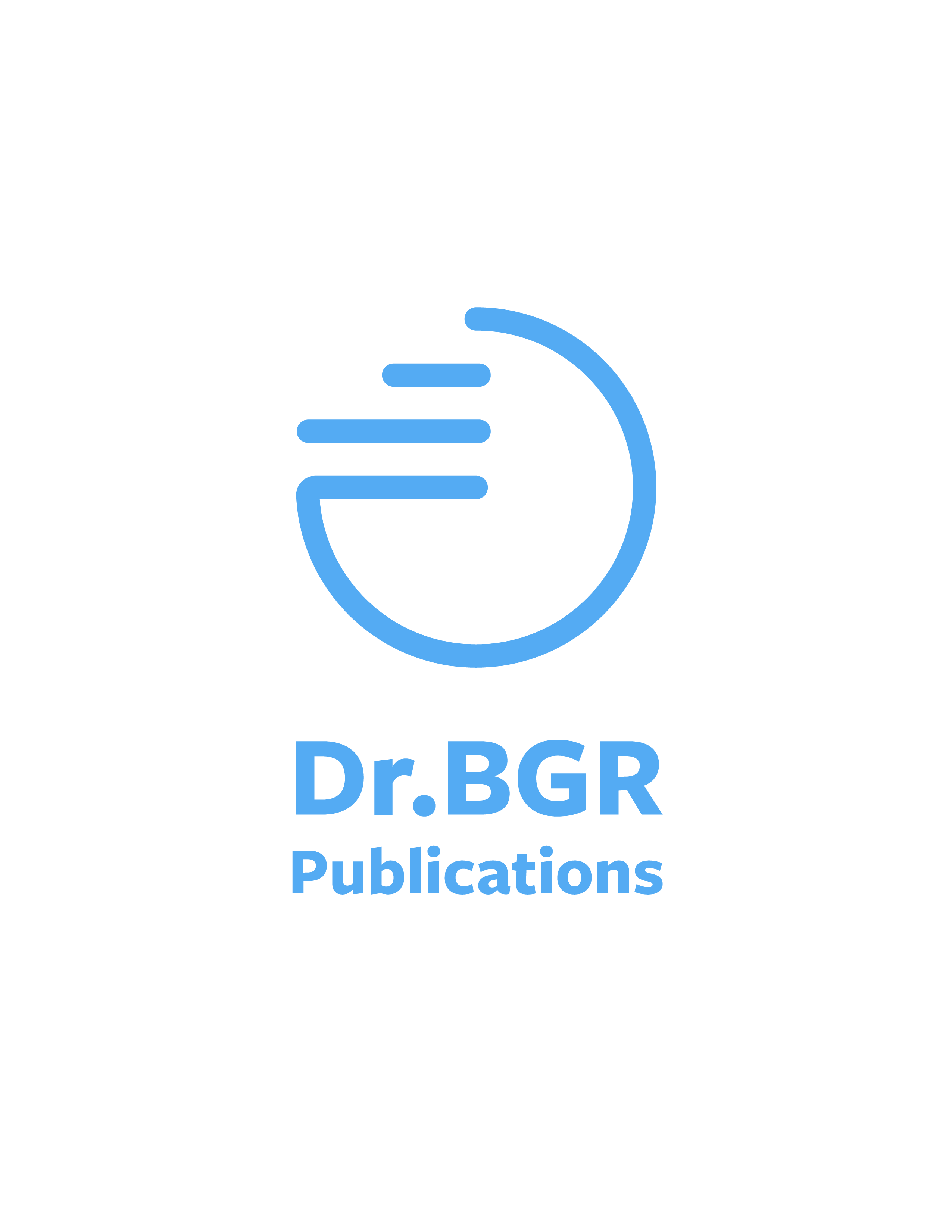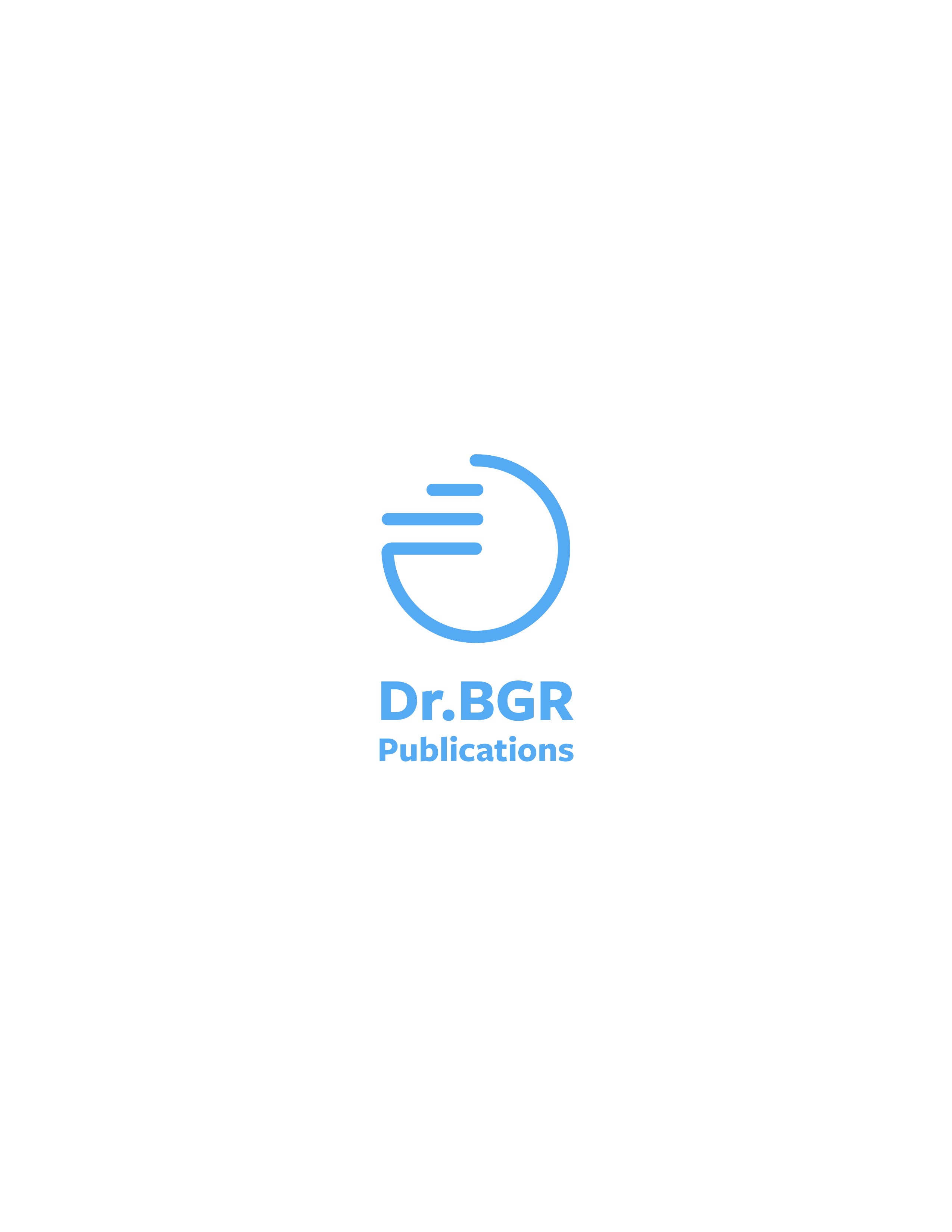Production of Monascus pigments using bread waste as a substrate in SSF
Authors
Mahin Basha Syed
Keywords
Pigments | Solid state fermentation
Publication Details
Vol: 8; Iss:5; May 22 | ISSN: 2454-542
Abstract
The present study aimed to investigate the production of pigments by Monascus purpureus using solid state fermentation (SSF). The starch-rich substrates were used for the production of pigments. Among the various solid substrates used, bread waste yield maximum production, hence bread waste was chosen for further production. Because lots of bread is being wasted across the western countries, so it is chosen as a waste valorization substrate. Further, response surface methodology (RSM) was applied for optimization of process variables using bread waste as a substrate. RSM was applied to determine the optimal parameters for initial moisture content, temperature and inoculum size. In validation experimentation, a maximum amount of pigments 65.71UA410 was obtained with bread waste using M. purpureus strain.


